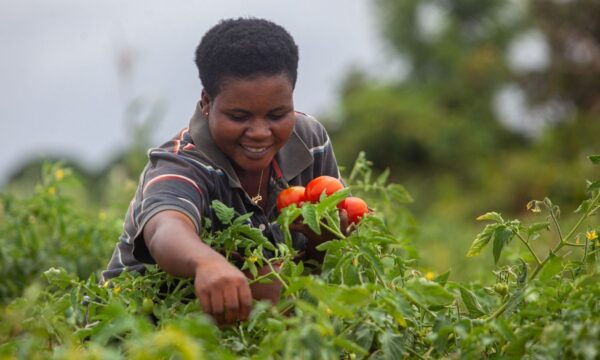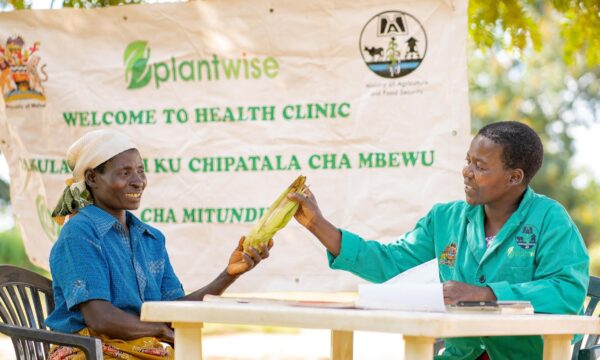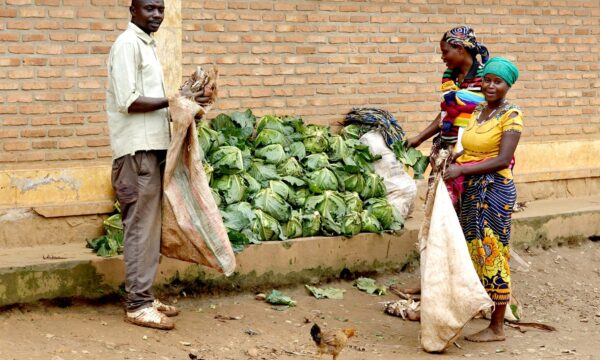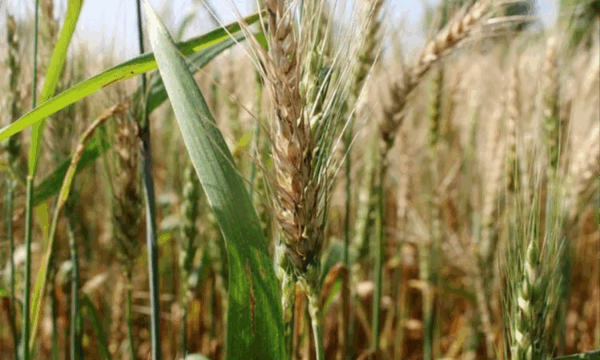
A collection of Botryosphaeriaceae species have been identified from mangoes in NE Brazil © W.A. Djatmiko (CC BY)
We’ve selected a few of the latest new geographic, host and species records for plant pests and diseases from CAB Abstracts. Records this fortnight include new rust species and hosts from Northern Pakistan, Colletotrichum species associated with cultivated citrus in China and the identification and comparison of Botryosphaeriaceae species associated with dieback and stem-end rot of mango in Northeastern Brazil.
Click on the links to view the abstracts:
- First detection of Cotton leaf curl burewala virus and cognate Cotton leaf curl Multan betasatellite and Gossypium darwinii symptomless alphasatellite in symptomatic Luffa cylindrica in Pakistan.
Zia-ur-Rehman, M.; Herrmann, H. W.; Hameed, U.; Haider, M. S.; Brown, J. K. (2013) Plant Disease 97 (8) 1122. - Diaporthe species occurring on citrus in China.
Huang Feng; Hou Xin; Dewdney, M. M.; Fu YuShi; Chen GuoQing; Hyde, K. D.; Li HongYe (2013) Fungal Diversity 61 (1) 237-250. - Additions to the smut fungi of Pakistan. 2.
Denchev, C. M.; Muhammad Fiaz; Denchev, T. T.; Khalid, A. N.; Habib Ahmad (2013) Mycotaxon 123, 255-260. - What are the common anthracnose pathogens of tropical fruits?
Udayanga, D.; Manamgoda, D. S.; Liu XingZhong; Chukeatirote, E.; Hyde, K. D. (2013) Fungal Diversity 61 (1) 165-179. - Botryosphaeria, Neofusicoccum, Neoscytalidium and Pseudofusicoccum species associated with mango in Brazil.
Marques, M. W.; Lima, N. B.; Morais Júnior, M. A. de; Michereff, S. J.; Phillips, A. J. L.; Câmara, M. P. S. (2013) Fungal Diversity 61 (1) 195-208. - Five Colletotrichum species are responsible for mango anthracnose in northeastern Brazil.
Lima, N. B.; Batista, M. V. de A.; Morais Júnior, M. A. de; Barbosa, M. A. G.; Michereff, S. J.; Hyde, K. D.; Câmara, M. P. S. (2013) Fungal Diversity 61 (1) 75-88. - New rust species and hosts from Northern Areas of Pakistan.
Saba, M.; Khalid, A. N. (2013) Mycotaxon 123, 147-155 - Pseudomonas asturiensis sp. nov., isolated from soybean and weeds.
González, A. J.; Cleenwerck, I.; Vos, P. de; Fernández-Sanz, A. M. (2013) Systematic and Applied Microbiology 36 (5) 320-324. - The ApMat marker can resolve Colletotrichum species: a case study with Mangifera indica.
Gunjan Sharma; Navinder Kumar; Weir, B. S.; Hyde, K. D.; Shenoy, B. D. (2013) Fungal Diversity 61 (1) 117-138. - Colletotrichum species associated with cultivated citrus in China.
Huang, F.; Chen, G. Q.; Hou, X.; Fu, Y. S.; Cai, L.; Hyde, K. D.; Li, H. Y. (2013) Fungal Diversity 61 (1) 61-74.
To view all search results for new geographic, host and species records for plant pests and diseases, click here
If there’s another new record you’d like to highlight, please post a comment.
Related News & Blogs
Most read blogs of 2025
As 2025 comes to a close, we’ve tallied the numbers to reveal the top 10 most read blogs on the PlantwisePlus Blog this year, plus a few firm favourites! Our most read blogs feature voices from those benefiting from our work, as well as crop pest guide…
17 December 2025




